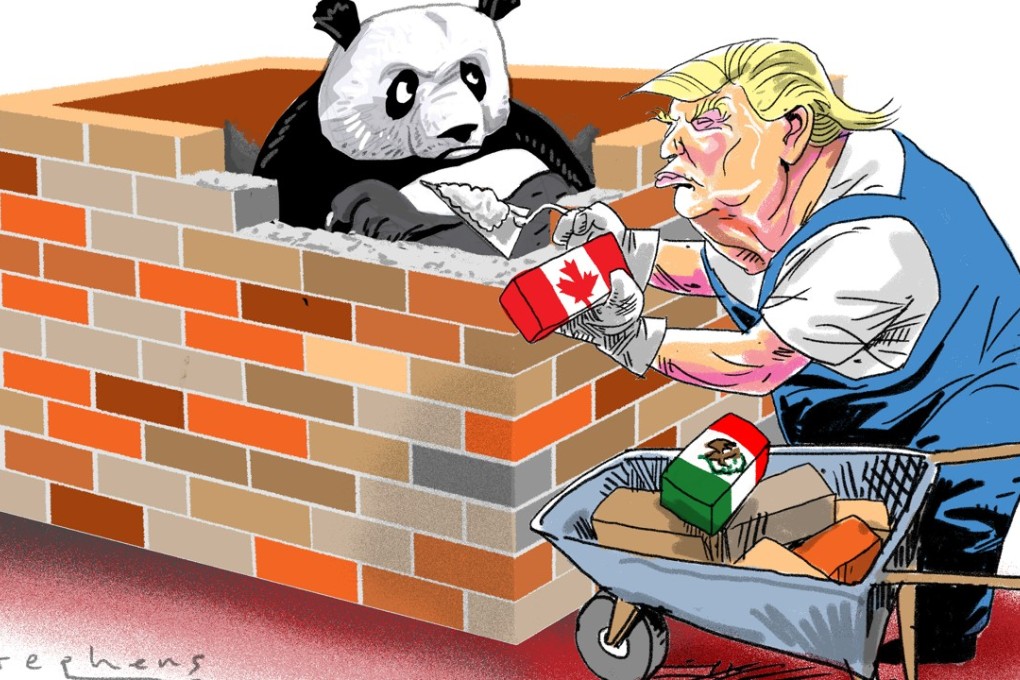First tariffs, and now a move to isolate China in global trade. Can the US succeed?
George Magnus says America’s new trade agreement with Mexico and Canada contains two provisions – limiting currency manipulation and trade with a ‘non-market economy’ – drafted with China in mind, and could be used as a template for future accords

US President Donald Trump’s stance on trade may be the most protectionist since the 1930s but in one respect, at least, it strikes a chord both within the Washington Beltway and in the wider world. It recognises that China is no longer just a major customer and formidable competitor but also an important adversary.
The White House’s use of trade tariffs as a tool is contentious, and China itself will have to consider new and most likely contentious ways of responding to any further broadening of tariffs by the US. These could include more significant currency depreciation or imposing restraints over US firms in China. We might also see trade conflict spill over into other non-commercial areas.